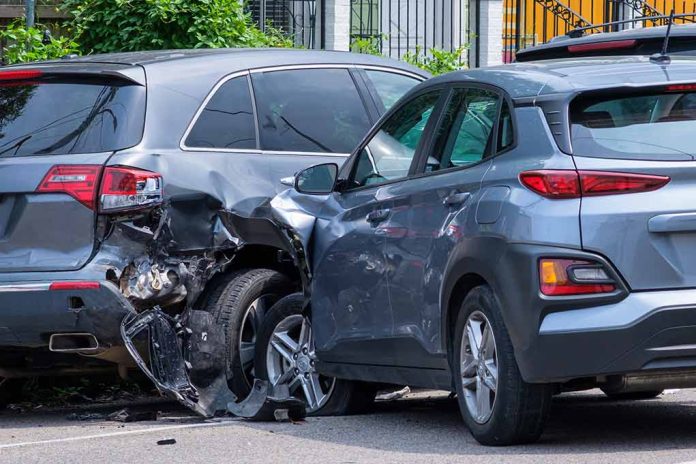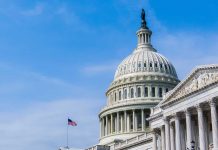
NTSB Chair Jennifer Homendy warns of a public health crisis as U.S. traffic deaths remain alarmingly high.
At a Glance
- The U.S. faces a public health crisis with traffic deaths above pre-2020 levels.
- The U.S. has the highest motor-vehicle death rate among developed countries.
- 18,720 estimated deaths were reported in the first half of 2024.
- Pedestrian and cyclist deaths reached a 40-year high in 2021.
- NTSB criticizes federal agencies for inadequate oversight.
America’s Deadly Roads: A Growing Crisis
The United States is grappling with a public health crisis on its roads. National Transportation Safety Board (NTSB) Chair Jennifer Homendy has sounded the alarm on the persistently high number of traffic deaths, which remain above pre-2020 levels. The situation is so dire that the U.S. holds the dubious distinction of having both the highest number of motor-vehicle deaths and the highest death rate among developed nations, Homendy says.
In the first half of 2024, an estimated 18,720 people lost their lives in motor-vehicle crashes. While this represents a slight decrease from the previous year, it remains significantly higher than pre-2020 levels. The 2020 health emergency’s impact on driving behaviors was substantial, experts have said, with less crowded roads and perceived reduced police enforcement leading to riskier driving practices.
On #WDoR2024, #NTSB Chair Jennifer Homendy participated in a walk to honor the 40,990 people killed on U.S. roads last year. The walk and #RideForYourLife are hosted by @MoCoFSS, @WABADC & the Sarah Debbink Langenkamp Memorial Fund. Learn more: https://t.co/8yTDlSa9bD pic.twitter.com/qGeoGF6M9n
— NTSB (@NTSB) November 18, 2024
In 2021, U.S. traffic deaths surged by 10.5%, reaching the highest annual total since 2005. Alarmingly, the number of pedestrians and cyclists killed that year was the highest in over four decades.
Federal Oversight Under Scrutiny
NTSB Chair Homendy has not minced words in her criticism of federal agencies responsible for road safety. She specifically called out the Federal Motor Carrier Safety Administration (FMCSA) and the National Highway Traffic Safety Administration (NHTSA) for inadequate oversight. A January 2023 crash in Louisville, New York, involving a bus and a box truck, was cited as a stark example of insufficient federal oversight.
This criticism highlights the need for stronger regulatory measures and more effective enforcement to ensure the safety of all road users. It also raises questions about the prioritization of road safety at the federal level and the resources allocated to addressing this growing crisis.
A Call for Systemic Change
According to a Harvard Public Health opinion piece from late 2023, David Ederer of the Centers for Disease Control Prevention advocated for a “safe systems” approach to redesign roadways, focusing on safety rather than speed. This approach has been implemented in countries like Sweden, the Netherlands, and the United Kingdom, resulting in significant reductions in traffic deaths. The U.S. Department of Transportation announced the adoption of this model in 2022, aiming to reduce road fatalities to zero, supported by funding from the Bipartisan Infrastructure Law.
Recommendations for improving road safety include reducing speed limits in urban areas, investing in mass transit, bike routes, and walking infrastructure. Local initiatives, such as Oakland’s Safe Oakland Streets, are focusing on preventing severe crashes and addressing inequities for vulnerable communities. These efforts represent a shift towards a more holistic approach to road safety that prioritizes the well-being of all road users.
Sources
- US faces growing crisis over high traffic deaths, NTSB chair says
- US Faces Growing Crisis Over High Traffic Deaths, NTSB Chair Says
- Traffic deaths remain a growing public-health crisis, NTSB chair says
- US faces growing crisis over high traffic deaths, NTSB chair says
- U.S. Transportation Secretary Pete Buttigieg Announces Comprehensive National Roadway Safety Strategy
- Traffic deaths are a public health crisis in the U.S.

















